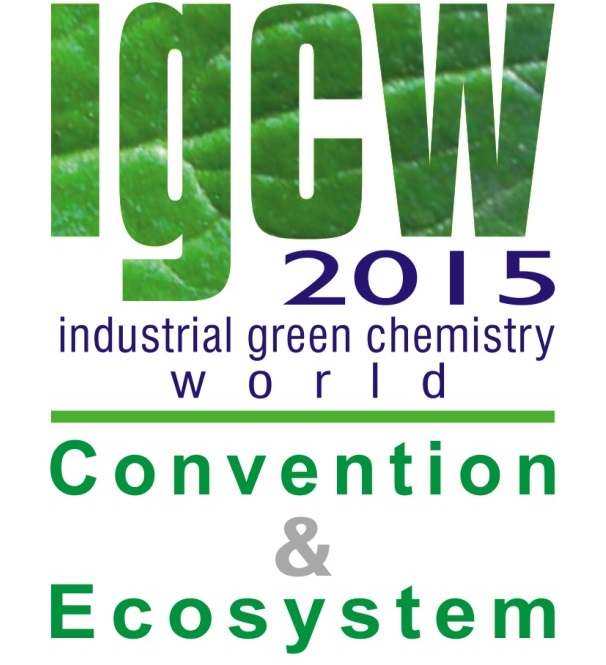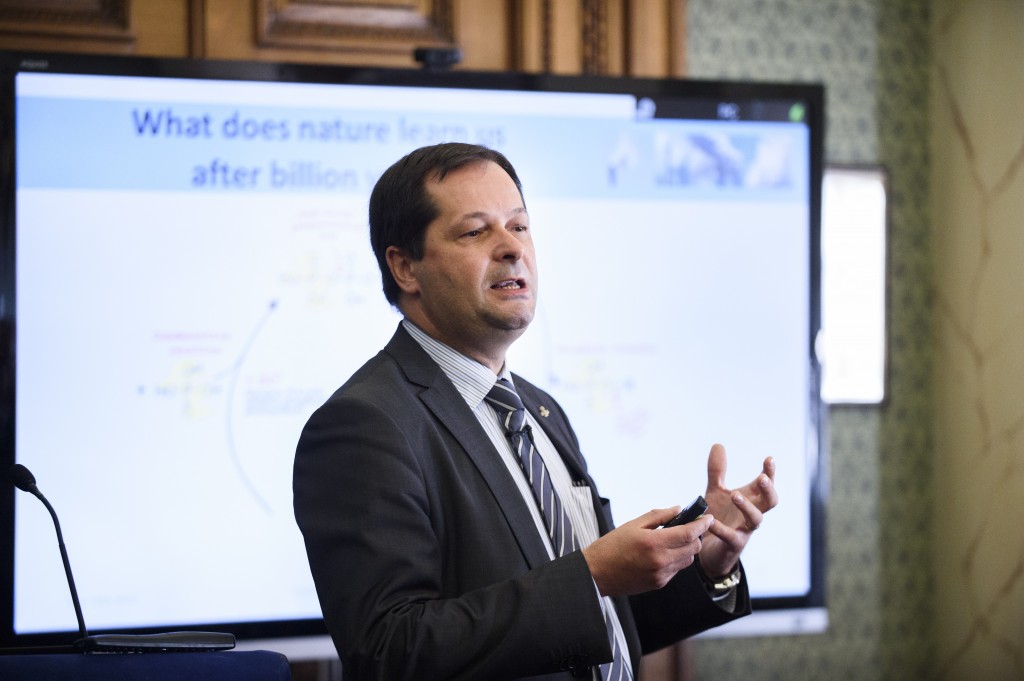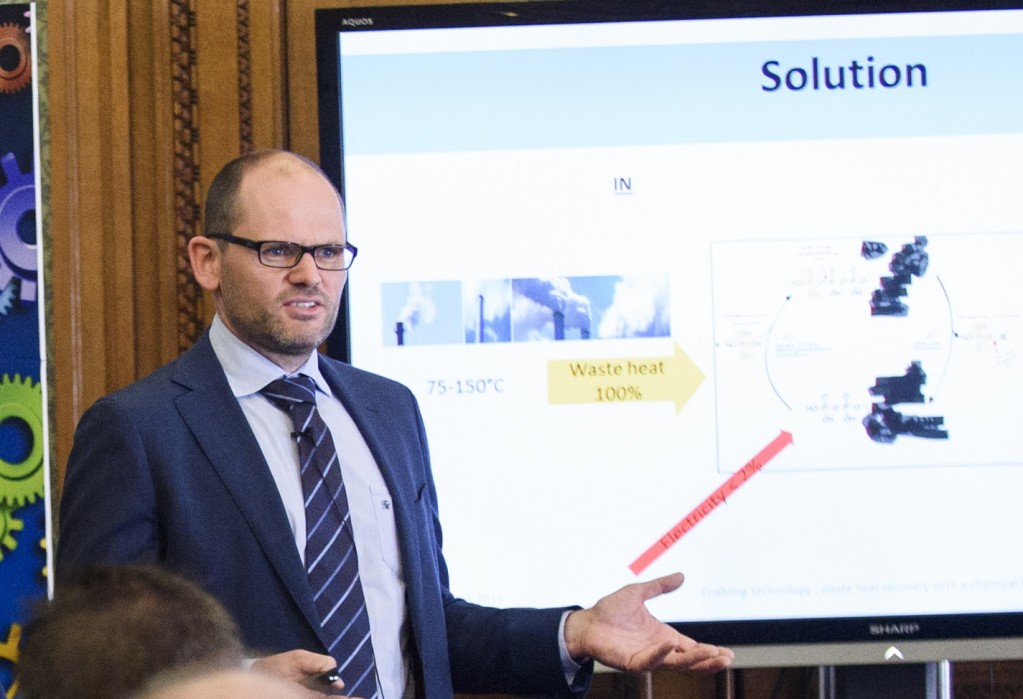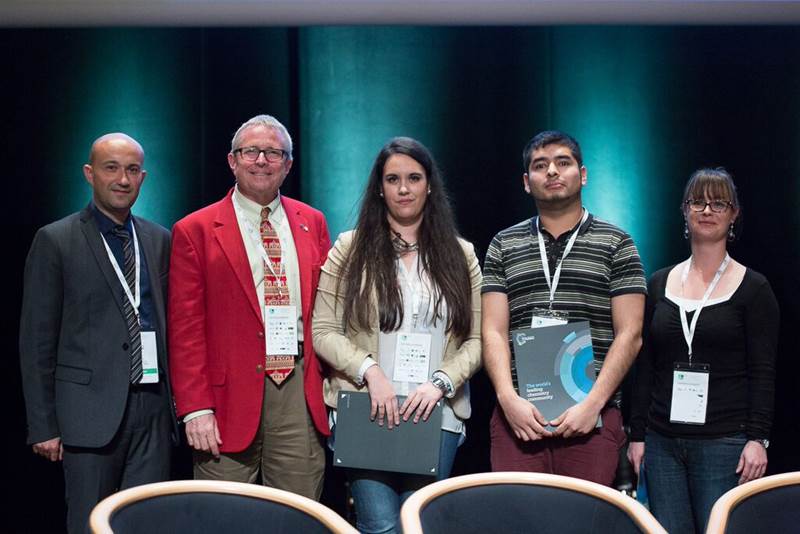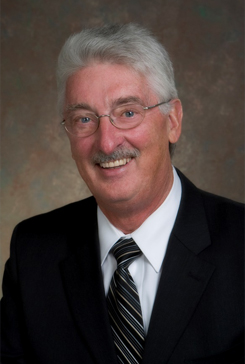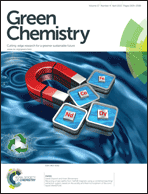|
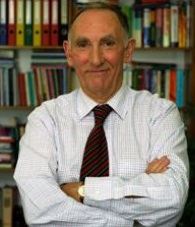
|
We would like to congratulate Professor Roger Sheldon, of Delft University of Technology and Green Chemistry Advisory Board member, in being elected as a fellow of the Royal Society. Fellows of the Royal Society are elected for life through a peer review process on the basis of excellence in science.
As Professor of Biocatalysis & Organic Chemistry, Roger is recognised for leading a distinguished career in which he has made pioneering contributions to catalytic oxidation, biocatalysis and green chemistry and has enabled the gap between organic synthesis and catalysis to be bridged. He also introduced the E-factor which has played a major role in drawing attention to the problem of waste generation in chemicals manufacture and provides an impetus for developing cleaner and more sustainable processes. In his most recent appointment as Distinguished Professor of Biocatalysis Engineering at the School of Chemistry at the University of the Witwatersrand, Johannesburg, Republic of South Africa, Roger will be involved in the development of green (enantio)selective biocatalytic processes. Roger is also Chief Executive Officer of CLEA Technologies B.V., a Biotech company specializing in the development of green biocatalytic processes and the cost-effective immobilization of enzymes as cross-linked enzyme aggregates.
Roger is revered by the green chemistry community as one of the founding fathers of the field and of this journal. |
Read a selection of Roger’s papers – free to access until 15th June 2015:
The E Factor: fifteen years on, Roger A. Sheldon, Green Chem., 2007,9, 1273-1283
DOI: 10.1039/B713736M,
Green solvents for sustainable organic synthesis: state of the art, Roger A. Sheldon, Green Chem., 2005,7, 267-278
DOI: 10.1039/B418069K,
Biocatalysis in ionic liquids, Roger A. Sheldon, Rute Madeira Lau, Menno J. Sorgedrager, Fred van Rantwijk and Kenneth R. Seddon, Green Chem., 2002,4, 147-151
DOI: 10.1039/B110008B,
Professor Dr Roger A. Sheldon—65 years on, Ilya I. Moiseev, Shun-Ichi Murahashi, Martyn Poliakoff, Kenneth R. Seddon and Vytas K. Švedas, Green Chem., 2008,10, 270-270
DOI: 10.1039/B719347P
